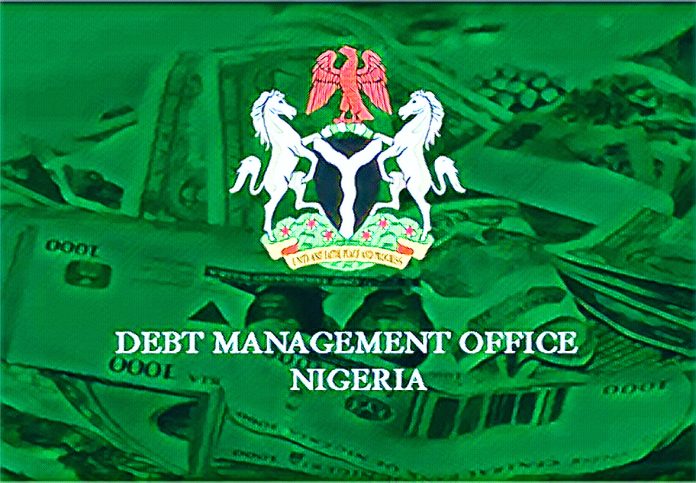DMO Raises
Key Points
- The Nigerian government’s debt management office achieved N271.2 billion from bonds issued during the March auction.
- The nine-year bond sold through the issuance earned subscriptions worth more than N471 billion.
- National bond interest rates stay static when compared to the elevated marginal rates.
The Debt Management Office revealed that the Federal Government of Nigeria achieved N271.2 billion from its March 24 bond auction.
Two bonds formed the basis of the allotment as N4.686 billion came from the 19.30 percent FGN April 2029 bond and N266.542 billion came from the 19.89 percent FGN May 2033 bond.
Strong demand for nine-year bond
Several thirty-five prospective investors submitted a total of N59.069 billion in subscriptions to acquire the five-year bond maturing in April 2029. The auction resulted in only three bids being accepted among the total number of thirty-five.
The nine-year bond exhibition received overwhelming subscription interest amounting to N471.241 billion from 215 successful bids out of 95 total successful bidders.
The five-year bond rate stopped at 19.00 percent yet the nine-year bond rate reached 19.99 percent. The coupon rates issued originally by the market at 19.30 percent for 2029 bonds and 19.89 percent for 2033 bonds both remain unchanged.
DMO raises funds, non-competitive allotments boost total
The sustained interest of institutional investors led the DMO to allocate N91.3 billion non-competitively for the five-year bond as well as N61.15 billion for the nine-year bond in addition to competitive bidding.
The Federal Government uses bond offerings to obtain N300 billion through this auction event according to DMO’s previous announcement. The funds that the DMO issued will serve two purposes: they will support the financing of the national budget and fund infrastructure development projects.
FNHeritage analysts maintain that investors find FGN bonds appealing thanks to high yields together with strong security which attracts capital from investors who need dependable returns during periods of high inflation rates.



